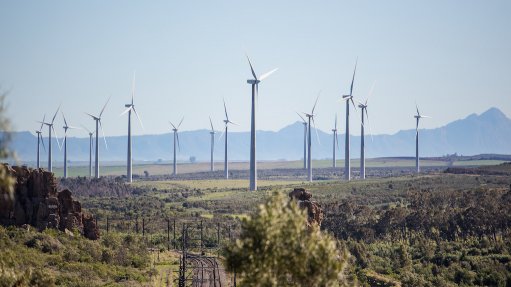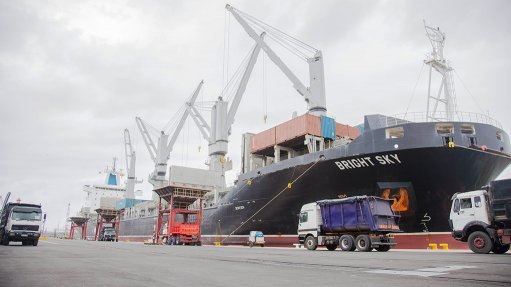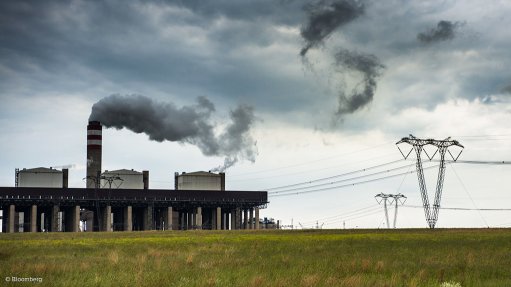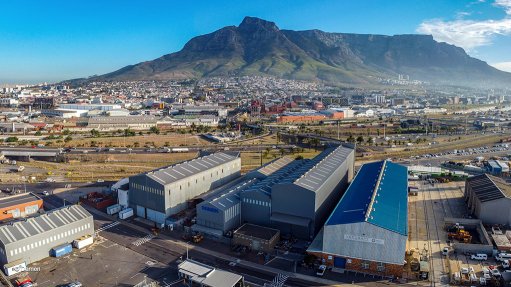Government interventions key for hydrogen development

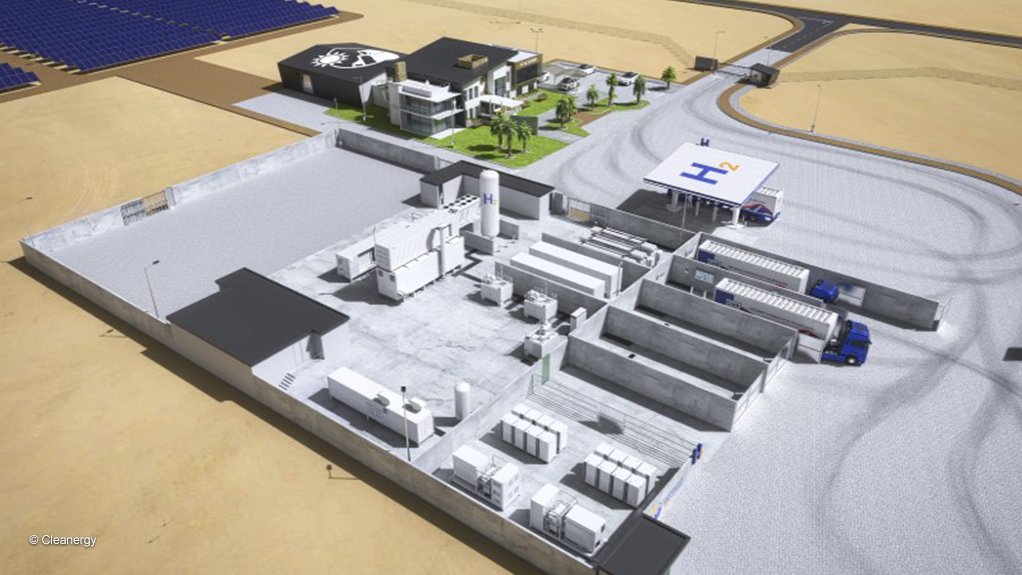
A VISION OF THE FUTURE Notable projects in Morocco, and initiatives in Mauritania, Djibouti, Namibia and South Africa, showcase Africa’s potential as a future global hub for green hydrogen production
Green hydrogen is hailed as critical for a low-carbon energy future, with Africa well-positioned to be a key player in this sector. However, realising the continent’s potential requires African governments’ intervention to derisk and encourage investments, according to global law firm A&O Shearman.
The A&O Shearman team – comprising Africa group head and partner Tim Scales, energy and infrastructure partner Antoine Haddad, energy and infrastructure partner and project finance specialist Alessandra Pardini, London-based projects, energy, natural resources and infrastructure partner Troy Edwards and Johannesburg-based projects, energy, natural resources and infrastructure partner Alexandra Clüver – states that notable projects in Morocco, which could capture up to 10% of the global market, and initiatives in Mauritania, Djibouti, Namibia and South Africa, showcase Africa’s potential as a future global hub for green hydrogen production.
The A&O Shearman team adds that these projects illustrate the start of the considerable global investment available to be invested in green hydrogen initiatives. This is driven by the promising future of green hydrogen and the ‘green halo’ effect.
“For the moment, there’s very much a green halo effect whereby these projects, provided the economics are fundamentally sustainable, can be pushed forward on less than traditional terms. That’s a real opportunity that will not last forever,” Edwards explains.
However, the competition for investment is increasing, and Africa’s opportunity to secure a share of this capital is time sensitive. Therefore, maximising green hydrogen’s potential in Africa demands prompt and pragmatic actions by regional governments.
Rapid Growth
Research by consulting firm PwC and global energy body World Energy Council predicts that the green hydrogen market will experience moderate growth through niche applications until 2030, followed by rapid demand acceleration from 2035. By 2050, global demand could reach nearly 500-million metric tonnes a year, the team says.
Given its abundance of renewable resources, Africa is well-positioned to tap into this vast market. According to a 2024 report by the global industry initiative Hydrogen Council and consulting firm McKinsey & Company, if African countries can secure 15% of the anticipated global hydrogen trade, the continent’s green hydrogen exports could grow from one-million tonnes a year in 2030 to 11-million tonnes a year by 2050.
This growth trajectory could attract a cumulative investment of around $400-billion, and boost Africa’s export revenues by $15-billion in 2050.
While unlocking Africa’s green hydrogen potential offers various advantages, achieving it is complex owing to several challenges, says A&O Shearman.
The firm raises the question of why investment in hydrogen production should come to Africa, noting that while Africa has abundant renewable resources, it will be competing for foreign direct investment with developed markets like the US, Australia and Spain. Developed markets present lower perceived political risk and offer subsidies to attract investment.
This challenge is compounded by the lack of a global indexed price for green hydrogen or green ammonia. Consequently, there is further emphasis in investment decisions on the cost of production of the green hydrogen product, which is determined by the capital and operating costs of the project and the cost of that capital.
“Investors may feel that countries with lower political risk could mobilise both cheaper and greater levels of capital – making it more attractive to proceed,” the team says.
Support Infrastructure
A further factor for governments to consider is investing in common infrastructure, such as ports, as such infrastructure can benefit multiple projects rather than burdening a single green hydrogen project with these costs.
A&O Shearman argues that it may be more appropriate to fund port construction separately as a national asset with wider benefits. Otherwise, the effect could be to make the original green hydrogen project uneconomical.
However, the firm notes that a centralised approach to common infrastructure also has drawbacks. Separating infrastructure development from major projects – that will rely on such infrastructure to serve its customers – can create ‘project-on-project’ risk, complicating capital raising efforts.
Creative approaches to infrastructure investment could help avoid delays for initial projects and ensure they are appropriately rewarded for contributing to common infrastructure development, the firm posits.
As a result of these various factors, African governments face a complex decision-making process regarding green hydrogen development, whereby they must balance multiple factors and trade-offs.
Critically, the desire to maximise government revenues must be balanced against the need to avoid pricing the country out of the market. Further, the benefits of increased trade flows must be balanced against domestic needs.
Allocating domestic offtake from green hydrogen projects also requires innovative solutions, as mass electrification is critical to driving a net-zero outcome. However, domestic allocation of hydrogen production may not be the most efficient means of developing the domestic energy sector for many countries, A&O Shearman acknowledges.
“Governments need to create the right conditions to get the sector started. It’s more like building a business than anything else,” Edwards says.
To reconcile competing priorities and attract investment, governments must carefully balance what they offer to, and expect from, investors. African nations that attract projects might encounter higher risk premiums compared with more mature markets. Therefore, governments must prioritise derisking the environment while providing sufficient incentives and returns to appeal to investors.
“Numerous countries in Africa have plans to regulate and support the hydrogen sectors,” Edwards adds.
“Fundamentally, to make these projects fly, governments need to be on the front foot, accepting that simply pursuing the highest short-term returns may end up driving projects elsewhere,” the team avers.
Adopting a balanced, long-term, and pragmatic approach will enable African countries to outbid their competitors.
Comments
Press Office
Announcements
What's On
Subscribe to improve your user experience...
Option 1 (equivalent of R125 a month):
Receive a weekly copy of Creamer Media's Engineering News & Mining Weekly magazine
(print copy for those in South Africa and e-magazine for those outside of South Africa)
Receive daily email newsletters
Access to full search results
Access archive of magazine back copies
Access to Projects in Progress
Access to ONE Research Report of your choice in PDF format
Option 2 (equivalent of R375 a month):
All benefits from Option 1
PLUS
Access to Creamer Media's Research Channel Africa for ALL Research Reports, in PDF format, on various industrial and mining sectors
including Electricity; Water; Energy Transition; Hydrogen; Roads, Rail and Ports; Coal; Gold; Platinum; Battery Metals; etc.
Already a subscriber?
Forgotten your password?
Receive weekly copy of Creamer Media's Engineering News & Mining Weekly magazine (print copy for those in South Africa and e-magazine for those outside of South Africa)
➕
Recieve daily email newsletters
➕
Access to full search results
➕
Access archive of magazine back copies
➕
Access to Projects in Progress
➕
Access to ONE Research Report of your choice in PDF format
RESEARCH CHANNEL AFRICA
R4500 (equivalent of R375 a month)
SUBSCRIBEAll benefits from Option 1
➕
Access to Creamer Media's Research Channel Africa for ALL Research Reports on various industrial and mining sectors, in PDF format, including on:
Electricity
➕
Water
➕
Energy Transition
➕
Hydrogen
➕
Roads, Rail and Ports
➕
Coal
➕
Gold
➕
Platinum
➕
Battery Metals
➕
etc.
Receive all benefits from Option 1 or Option 2 delivered to numerous people at your company
➕
Multiple User names and Passwords for simultaneous log-ins
➕
Intranet integration access to all in your organisation







